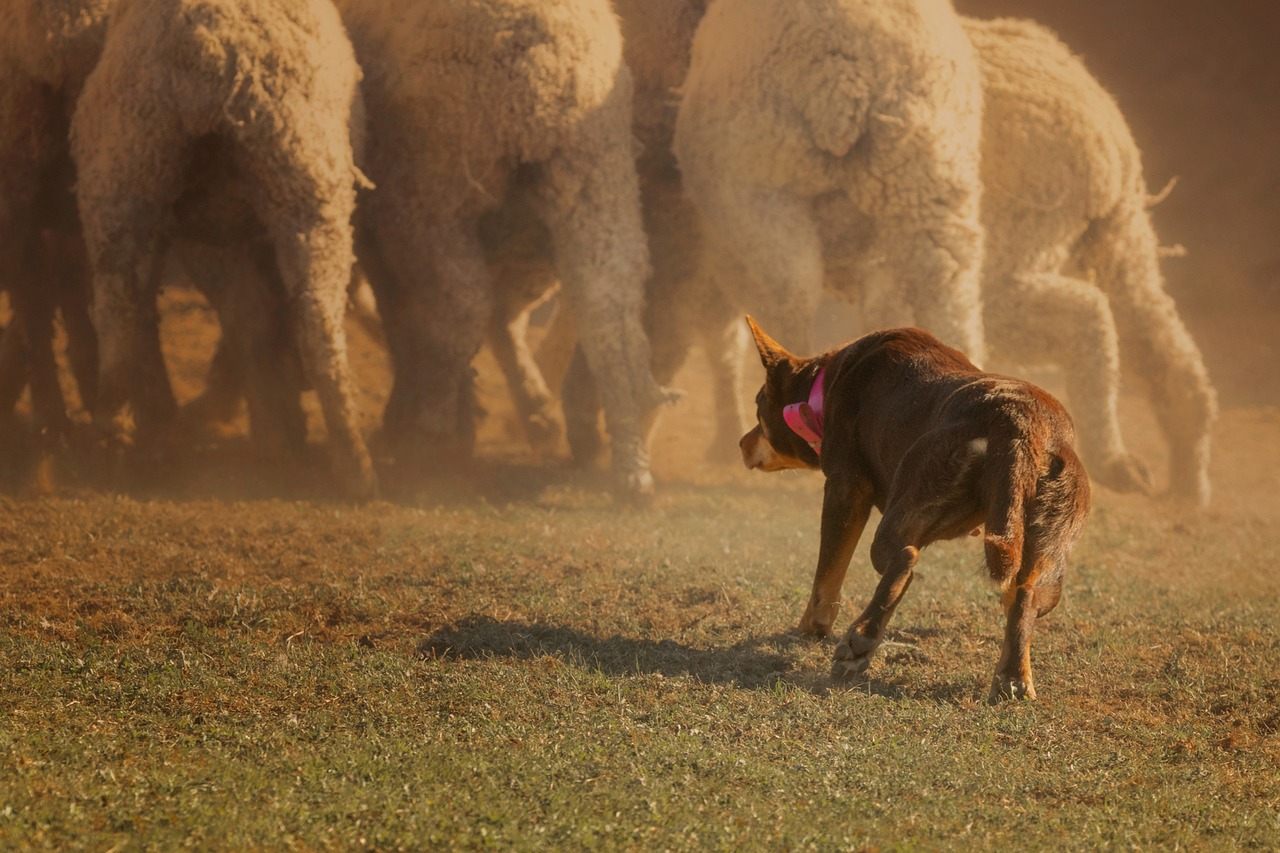Australia’s $3 Billion Workforce on Four Legs: The Economic Power of Working Dogs
In the vast paddocks of rural Australia, a silent workforce is reshaping the agricultural economy—one bark at a time. According to a recent study by ANZ, working dogs contribute an astonishing $3 billion to the Australian economy, rivaling the value of the nation’s beef exports to the United States. These highly trained animals, especially kelpies and collies, are not just companions—they’re indispensable laborers whose impact stretches far beyond the farm gate.
The study estimates that 270,000 livestock dogs are actively employed across the country, saving farmers roughly $800 million in labor costs. With staffing shortages becoming a chronic issue in agriculture, dogs have stepped in to fill the gap—herding sheep, managing cattle, and performing tasks that would otherwise require multiple human workers. As ANZ’s Michael Whitehead puts it, “It’s hard to imagine having enough people to run around the sheep and cattle of Australia… without these dogs, the landscape of agriculture would be completely different”.
From Auction Blocks to Business Plans
The economic value of working dogs is reflected not only in their labor but also in their market price. At the prestigious Casterton Kelpie Auction, prices have soared in recent years. In 2021, a kelpie named Hoover fetched $35,200, only to be outdone the following year when another dog sold for a record-breaking $49,000. These figures may seem extravagant, but for farmers, they represent a sound investment.
Karen Stephens, president of the Casterton Kelpie Association, explains that the surge in demand is driven by necessity. “Farmers are relying on their team of working dogs more than ever. They don’t take holidays, they don’t take sick leave—they’re reliable, efficient, and always ready to work”. With top-tier dogs capable of replacing multiple human workers, the return on investment is clear.
Ripple Effects in Regional Economies
The influence of working dogs extends beyond the farm. ANZ’s analysis attributes $600 million in economic stimulation to regional towns, thanks to the increased efficiency and spending power that dogs enable. From reduced vehicle costs to the ability to manage larger flocks, the benefits cascade through the supply chain—boosting local businesses, supporting rural infrastructure, and enhancing Australia’s export capabilities.
Tom Austin of Elfinvale Stud Kelpies emphasizes the importance of training and genetics. “Farmers are happy to pay $15,000 and above for dogs that are ready to work. It’s not just about obedience—it’s about instinct, intelligence, and years of preparation”. With livestock prices at record highs, the value of a well-trained dog has never been greater.
A Future Fueled by Fur and Function
As farms become more sophisticated and labor shortages persist, working dogs are poised to play an even greater role in Australia’s agricultural future. Their contribution is not just economic—it’s cultural, ecological, and deeply personal. These animals embody the spirit of rural resilience, blending tradition with innovation in a uniquely Australian way.
So the next time you see a kelpie darting across a dusty paddock, remember: you’re looking at a multimillion-dollar asset in motion. And in a country where the land is vast and labor is scarce, that wagging tail might just be the most valuable tool in the shed.
You can read the full article on ABC News.







